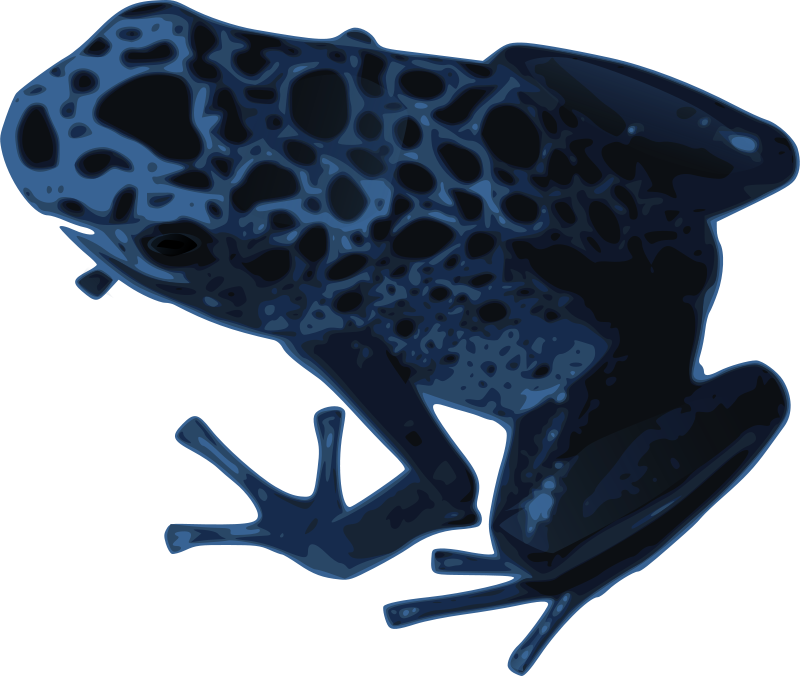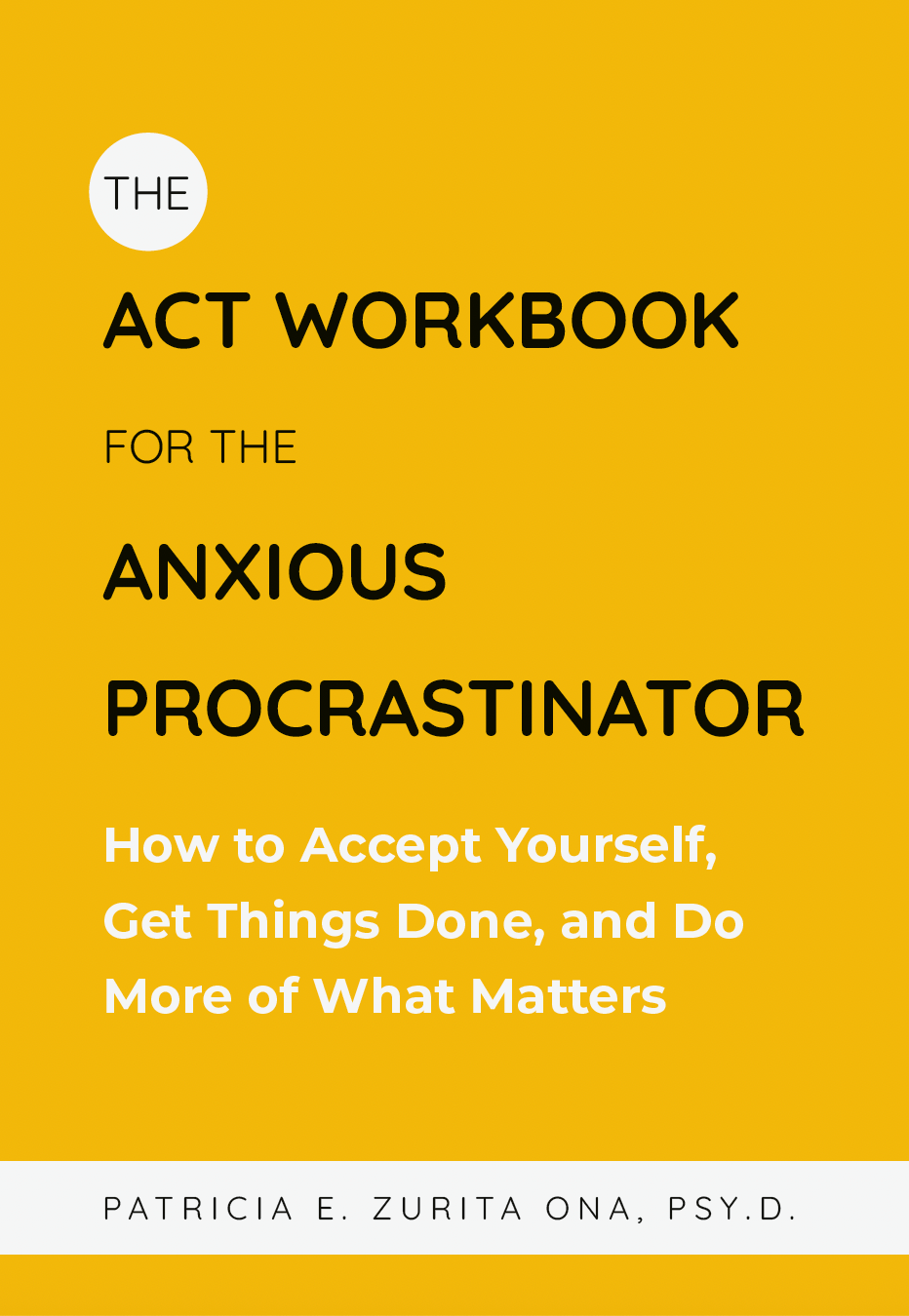 “Mindfulness” has revolutionized the field of psychology. It is considered to have created a new type of therapies called third wave behavioral therapies. Despite its success within the field and the overwhelming scientific research on the benefits of mindfulness, many people are averse to learning it. In part this is due to the fact that this word gets used by many people and they don’t always mean the same thing that psychologists mean.
“Mindfulness” has revolutionized the field of psychology. It is considered to have created a new type of therapies called third wave behavioral therapies. Despite its success within the field and the overwhelming scientific research on the benefits of mindfulness, many people are averse to learning it. In part this is due to the fact that this word gets used by many people and they don’t always mean the same thing that psychologists mean.
In clinical psychology mindfulness means paying attention without judgement. Many texts explain how to practice mindfulness in everyday life as well as formal practices such as meditation. In meditation, the nonjudgmental attention is usually directed towards one sensation, such as the sensation of breathing. Children can benefit from these techniques as well; however, they must be modified to appeal to them.
First, children have a shorter attention span than adults so exercises need to be shortened. Second they are less capable of sitting still for long periods of time so sometimes movement is needed or a silly posture is used.
One particularly fun way to introduce mindfulness is to have the child learn to “sit like a frog.” Frogs jump around, but they also spend much of their time sitting still. You can have the child show you how a frog jumps as well as how they sit still. While sitting the frog position, see if they can pay attention to how their body feels. Can they bring all of their focus to their right leg? An alternative is standing up and swaying as if you were seaweed being gently rocked by ocean waves. Again, try to get your child to focus on how their feels as it moves slowly. Lastly, if its really hard for your child to notice the physical sensations, you can have them close their eyes while you slowly and softly tap up and down one of their arms. See if they can pay attention to the sensations. Many children may giggle or start thinking about other things, try to observe your child to see if they are really paying attention. If they aren’t, ask them where their mind went and gently instruct them to focus back on the sensations.
While mindfulness practices are as varied as individual personalities, one anchoring force ties them all together: the breath. Noticing the breath entering and exiting your body is central to all mindfulness practices. To start the process of teaching your child to notice their breathe, have a little fun with them. Get them to do jumping jacks and ask them what they notice about their breath. Was it fast or slow? Was it hard to breathe? Then have them sit like a frog and notice the breathing. Is it like when you were jumping jacks or is it different? Then have them lay on their back and put their hands on their chest while trying to breath into this area causing the chest to expand. Is it easy or hard to breathe this way? Lastly, have them put their hands on their stomach and teach them proper breathing as described below.
Step 1: Lie down
- Choose a quiet place where you won’t be distracted
- Close your eyes
Step 2: Place your hands (or a toy) on your stomach
- If you use a toy, make sure it’s one that won’t roll of you easily
Step 3: Breathe in and out slowly
- As you breathe in, gently push your belly outwards so that your hands or toy rise up and away from the ground
- As you breathe out, allow your belly to fall back down towards the ground
- Note: many children push their belly waaaaaaaaaaay out and pull their stomach way back in. This is not needed. Your stomach should only move one or two inches. Sticking it out further will hurt your back and sucking it in means you’re breathing too hard. Just try to breathe as you naturally would while pushing your belly outwards and inwards on the out breath.
Step 4: Make sure your stomach is moving while you breathe
- It helps to think of your stomach as a balloon
- As you breathe in, you are adding air to the balloon so it should puff out
- When you breathe out, you’re letting air out of the balloon so it shrinks
Step 5: Continue breathing and feeling your stomach rise and fall with each breath
- For young children (under age 8), practice taking 3 breaths in this way. For older children (8-12) practice for 30 seconds and for teens practice for 3 minutes.
If you teach this to your child, you should prompt them throughout the day to take 3 mindful breaths paying attention to their belly rising and falling.With regular practice of mindfulness exercises, children focus better and live more in the moment rather than dwelling on the past or worrying about the future.
References:
Snel, E. (2013). Sitting Still Like a Frog: Mindfulness exercises for Kids (and Their Parents). Boston, MA: Shambhala Publishing Company.
Semple, R. & Lee, J. (2011) Mindfulness-Based Cognitive Therapy for Anxious Children: A Manual for Treating Childhood Anxiety. Oakland, CA. New Harbinger.






